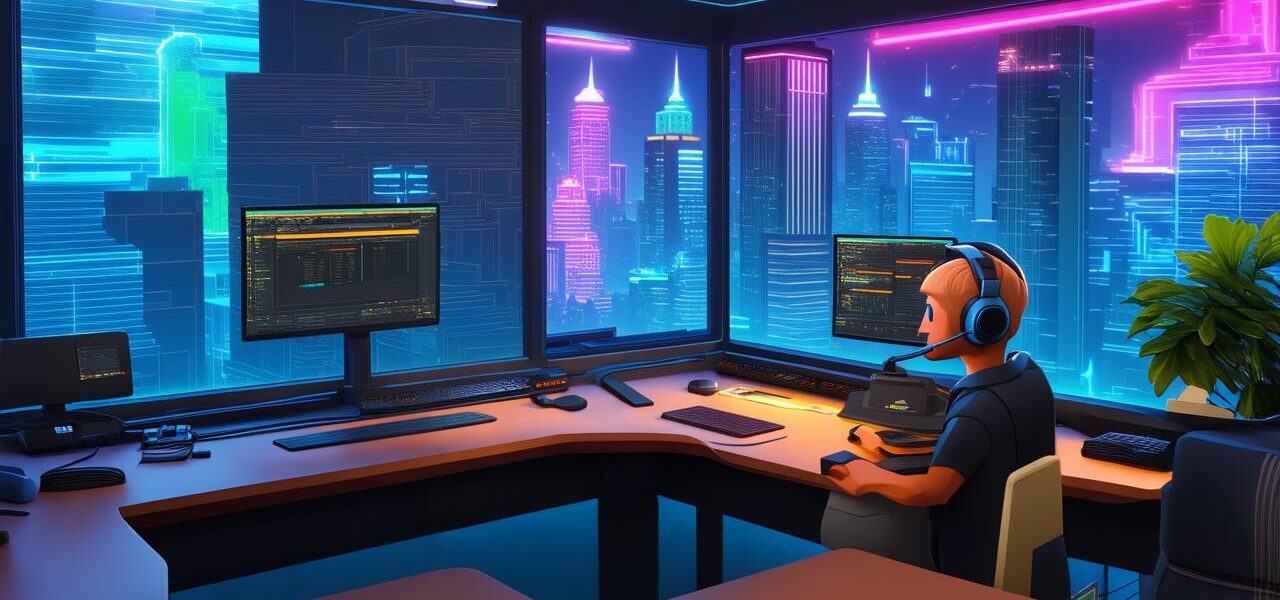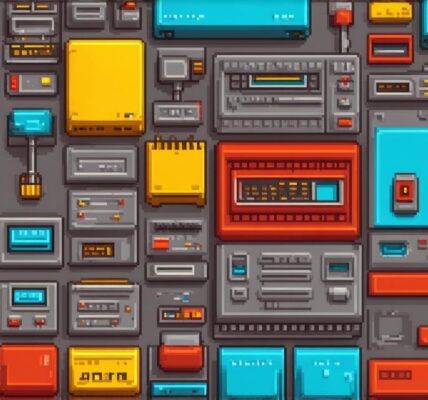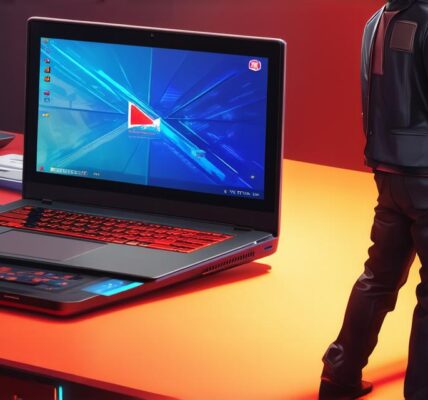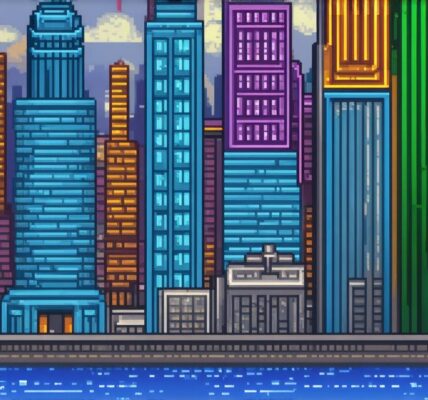Developing a massively multiplayer online game (MMO) can be a daunting task, especially for aspiring game developers with little experience. However, with the right tools and resources, it is possible to create an engaging and immersive MMO that players will love to play.
In this article, we will explore how to develop an MMO in Game Dev Tycoon, a popular simulation game that allows players to build their own video games from scratch. By following these steps, you can bring your MMO ideas to life and create a thriving online community of players.
Step 1: Choose Your Game Engine
The first step in developing an MMO is to choose your game engine. Game Dev Tycoon offers several different engines to choose from, each with its own strengths and weaknesses. For an MMO, we recommend using the Unity engine, as it is widely used and supports a wide range of graphics and programming languages.
Once you have chosen your engine, you will need to familiarize yourself with the basics of game development. This includes learning how to create assets, write code, and integrate different components into your game. There are many online tutorials and resources available that can help you get started, so take the time to learn the ins and outs of your chosen engine.
Step 2: Design Your World
The next step is to design your world. This involves creating the environment, including terrain, buildings, and other objects that players will interact with. You will also need to create characters and creatures that players can encounter in the game.
When designing your world, it is important to keep in mind the needs of your target audience. Consider what types of games they enjoy playing and what features they would like to see in an MMO. This could include things like crafting systems, quests, and social features like chat and guilds.
Step 3: Write Your Code
Once you have designed your world, it’s time to start writing code. This will involve creating scripts for different game elements, such as player movement, combat, and crafting. You will also need to create a server that players can connect to and play the game on.

There are many different programming languages that you can use to write your code, depending on your preferences and the needs of your project. Some popular options include C, Java, and Python.
Step 4: Test and Refine Your Game
Once you have written your code and created your game world, it’s time to test and refine your game. This involves playing the game yourself and making any necessary adjustments based on player feedback. You may also need to fix bugs or optimize your code to improve performance.
Testing is an important part of the development process, as it allows you to catch issues before they become major problems for players. It’s also a great opportunity to gather feedback from players and make improvements to your game based on their suggestions.




